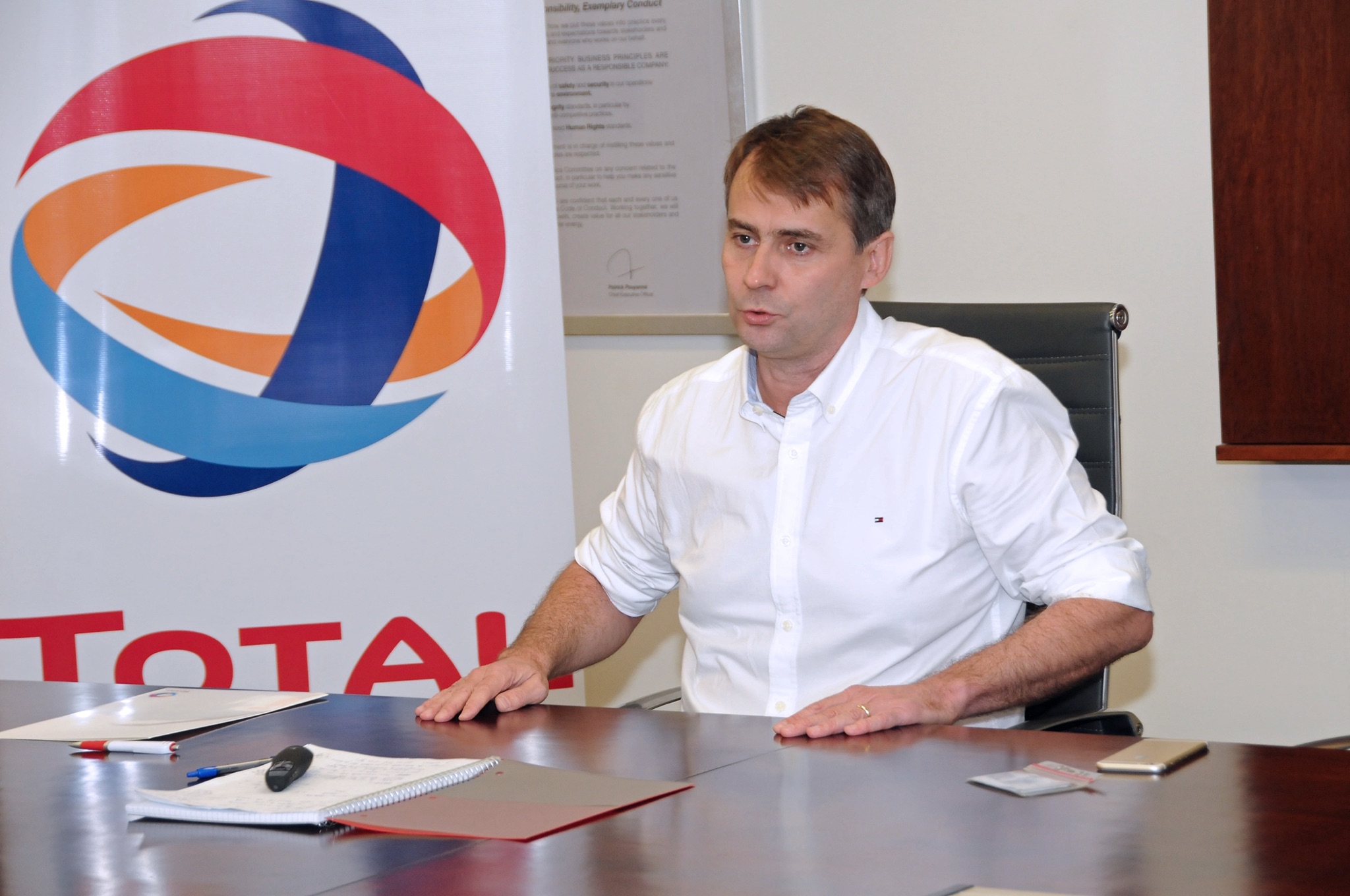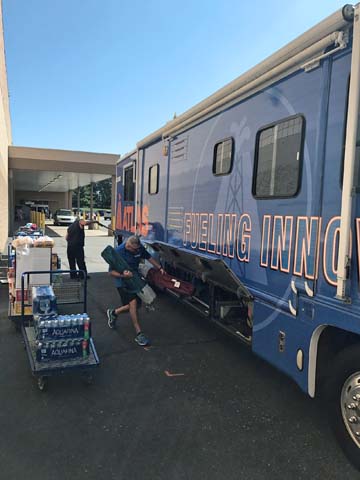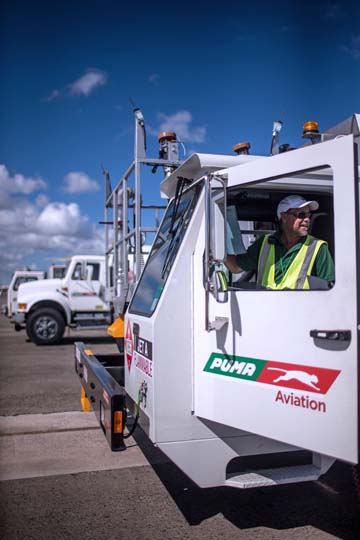Total PR anticipates ‘marked changes’ in PR fuel market

Puerto Rico’s fuel market has had to adjust rapidly to the dramatic rise in diesel fuel demand since Hurricane María struck on Sept. 20, which in the case of Total Petroleum is five times higher than prior to the storm.
“We quickly took steps to meet the demand for diesel, which should remain above normal over the next months,” said Pierre-Emmanuel Bredin, general manager of Total Petroleum for Puerto Rico.
Even if power is restored, the increase in the number of generators and reconstruction work will keep the demand for diesel high in the near future, he said.
Prior to the hurricanes, the demand for diesel in Puerto Rico was met by Total in Puerto Rico with 1,100 barrels per day, the average since the beginning of 2017. Currently, Total is supplying 5,500 barrels per day, with peaks of 8,000 barrels per day on occasion.
Bredin said the change in demand has impacted all aspects of the supply chain from the importation, to storage and distribution, including the number and the size of trucks needed to transport the fuel.
Before the emergency, Total received a vessel carrying diesel every three weeks, now to address the increase in demand it is every 10 days.
“At the depot, we doubled the diesel storage capacity by converting some tanks used to store gasoline to diesel,” he said.
In addition, Total had to increase the fleet of bobtail trucks to supply hospitals and other clients that are operating on diesel generators, he added.
“We doubled the number of our fleet to distribute diesel and gasoline to meet increased demand,” he said, adding that
jointly with its business partner, the Truckers Co-op, the company evaluated the supply needs of each client to generate greater efficiency in the distribution process.
“For each client there is a solution,” he said, noting clients should maintain a reserve of more than three days to feel more comfortable.
Although fuel supply was never in short supply in Puerto Rico after the hurricane, Bredin said once the project to expand Total’s terminal and storage capacity at its Guaynabo facilities is completed, Puerto Rico will be better prepared to face future emergencies.
Added capacity will allow an increase in the storage of fuel from one-month supply to two months.
The expansion should be completed by the first semester of 2019 with a $40 million investment, of which $18 million are still pending.
“We continue firm in our plans and in our commitment to Puerto Rico,” said the executive.
In María’s wake, Total made its first gasoline delivery on Friday after the storm. It started distribution with the first two truck drivers it was able to contact, providing fuel to two hospitals — Veteran’s Hospital and the Río Piedras Medical Center.
Total then began to supply stations closest to the depot and began to widen the circle with each passing day, he said.
“The greatest obstacles for restoring operations were the lack of communications, power and blocked roads in many regions of Puerto Rico,” he said.
The inspection and certification of all stations able to receive fuel took seven days. Part of the terminal where Total receives gas shipments was blocked by two boats that sunk with the storm, executives added.
The Tuesday after the hurricane, which struck on Sept. 20, Total began to operate 24 hours a day in 12-hour shifts, an operation that is still ongoing.
“Since there was no communication, gas station owners and other customers including many who had no contract would line up outside the depot to place the orders manually. A system was improvised to take these orders, since prior to the emergency orders were placed by phone or electronically,” he said.
All able staff transferred to the depot to respond to the crisis, but due to the lack of telecommunication services after the storm, it took a week to contact all employees and drivers to make sure they were safe, the executive said.
Total worked with the government to set priorities as to which entities to supply, in terms of hospitals and other health centers. The lack of telecommunications and connectivity made it difficult to deliver gas and to collect on sales. Everything was done manually, he added.
So far 91 percent, or 187, of Total gas stations are operating with generators, while 10 stations will require a “significant investment to restore operations,” he said.
The company is about to get a financial picture of the weeks of operating under crisis.
“Our focus at the time was to address the many needs, now we are getting a clear picture of what happened and planning for the future,” said Bredin.
“It has been an incredible learning experience and we are grateful to our employees, truckers, and gas station owners who did their best to deliver fuel,” he said, adding the company “will continue to work hard to help rebuild Puerto Rico.”











